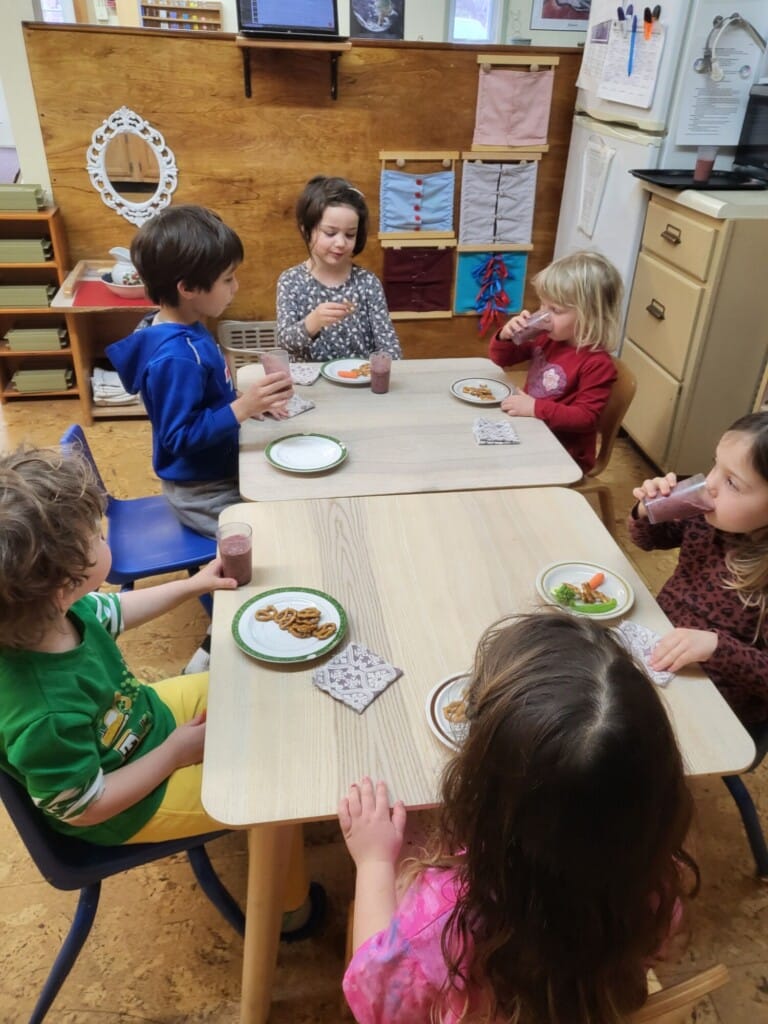The toddler and primary students’ history and cultural studies celebrate the diversity of our world through language, music, art, traditions, food, stories, and history. All curriculum areas integrate a variety of variety of cultural themes. Peace education is an integral part of the Montessori classroom and begins with respect for, understanding, and acceptance of differences as well as the celebration of the unifying aspects that connect us all.

